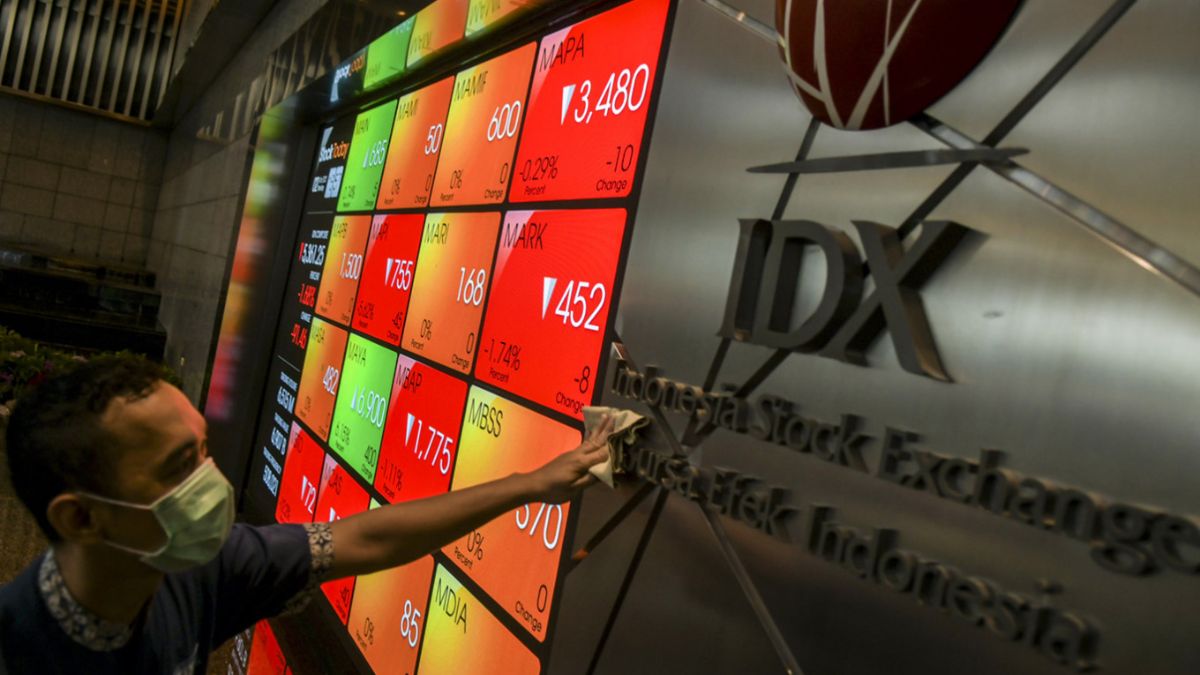 Image credit:The Jakarta Post
Image credit:The Jakarta Post
The surge in the Indonesian rupiah, which has strengthened against the U.S. dollar, is creating difficulties for the country’s exporters. While a stronger currency can be a positive sign of economic resilience, it has created significant challenges for industries that rely heavily on exports, particularly those in agriculture, manufacturing, and textiles.
As of August 2024, the rupiah has appreciated by nearly 5% since the start of the year, driven by increased foreign capital inflows and stronger-than-expected economic data. This rise, however, is being felt most acutely by Indonesia’s export-driven sectors, which are now facing reduced competitiveness in global markets due to the higher cost of Indonesian goods.
With global palm oil prices already under pressure from increased supply and sluggish demand, the strengthening rupiah is squeezing profit margins further. “Our profits have dropped significantly, and it’s becoming harder to compete with other producers like Malaysia and Thailand, where the currency is more favourable,” said a representative of an Indonesian palm oil export firm.
Textile and garment manufacturers are also struggling. These sectors, which depend on cost efficiency to compete internationally, have seen a decline in overseas orders as their products become more expensive for foreign buyers. The Indonesian Textile Association has expressed concerns that if the rupiah remains strong, the industry could face production cutbacks and potential layoffs.
Economists warn that while the strong rupiah may benefit importers and reduce inflationary pressures, it poses risks to the broader economy if export growth stalls. Some have suggested that the Bank of Indonesia may need to intervene to manage the currency’s rise and ensure that export industries are not disproportionately affected.
